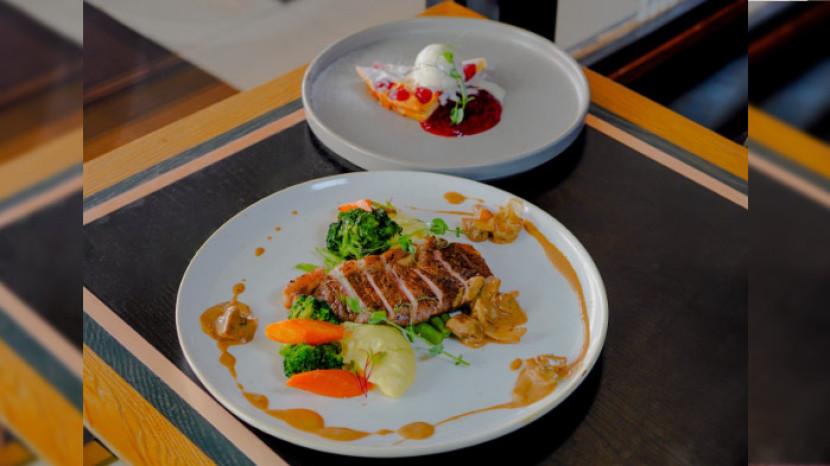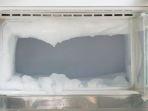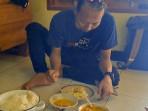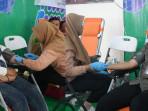East Java Travel Guide
Looking Closely the Process of Making Batik Rara Djonggrang
Batik Rara Djonggrang does not use dyes from China or Japan because the color is less convincing, or not in accordance with...
Penulis: Hariyanto | Editor: Cak Sur
SURYA.co.id | YOGYAKARTA - Art culture in Yogyakarta still has an attraction for visitors who come to the city of “Gudeg”.
One of them, ”Batik Tulis Rara Djonggrang”, which is still making manually as known as handmade(make with hand directly).
Almost every day, including a day off, one of the batik centers on Tirtodipuran 18 street, Yogyakarta is always have a guest. Everyone wants to see the process of making batik.
The process starts from making archetypes on a white cloth with a pencil, then gives the form of a point and “guratan malam” (wax).
There are several more stages like waxing before dyeing it with the base color. Chemicals for dyes are imported from Germany.
Batik Rara Djonggrang does not use dyes from China or Japan because the color is less convincing, or not in accordance with the typical batik of Yogyakarta.
After the base color, then there are officers who create color blocks. They took the color from canting and then bottle-notolkan to the fabric.
Most recently, batik cloth soaked with hot water, rubbed so that “malam” (wax) melted. From here, batik cloth stay dried and ready for market.
Batik Rara Djonggrang has its own Art Shop. In addition to batik, art shop also offers batik cap.














